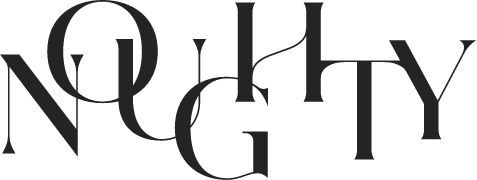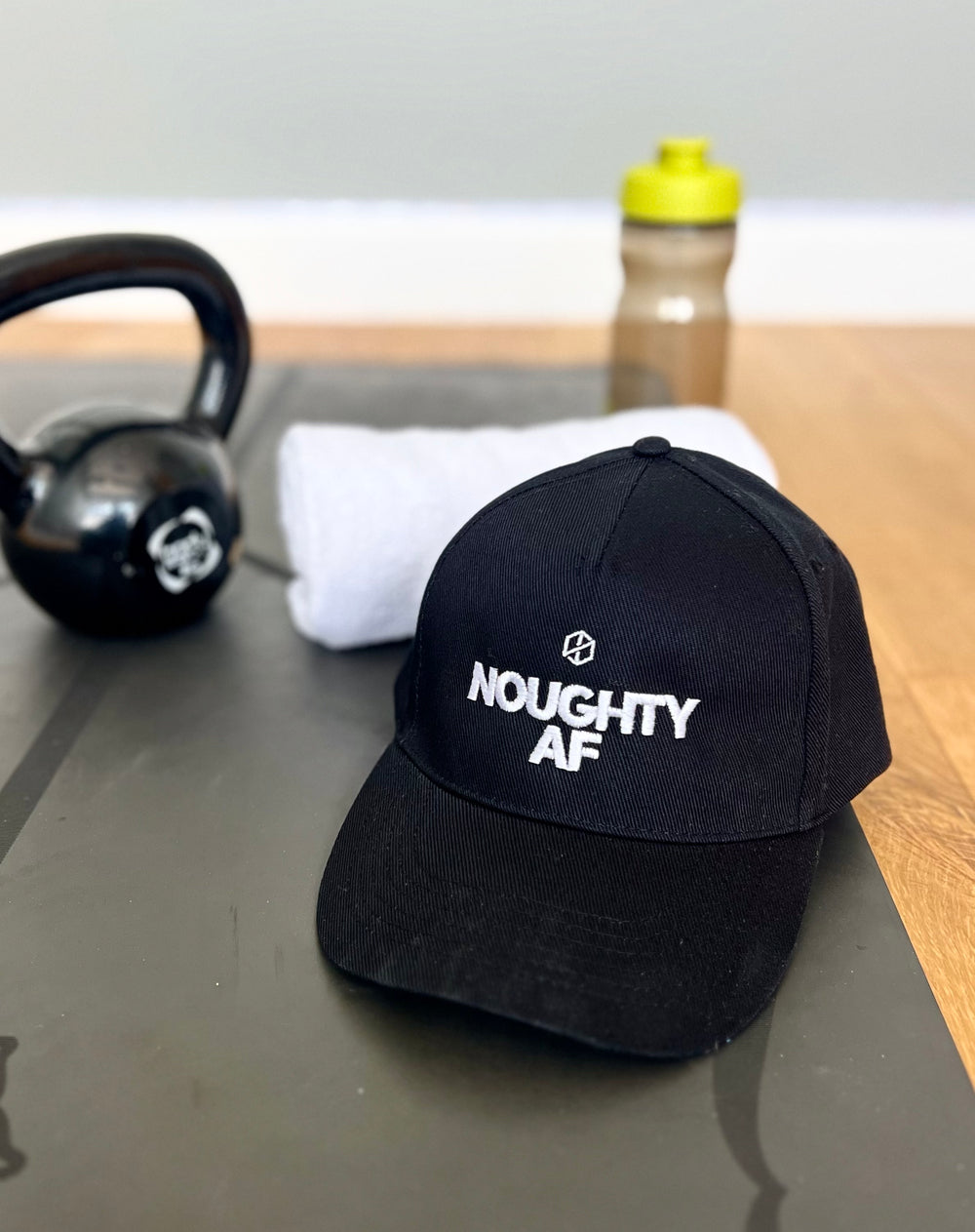We’re Selling Our first NFT! Wait, What’s an NFT?

No, you’ve not visited the wrong website for Noughty Alcohol-Free Sparkling… but we are now getting into the NFT game for real.
What’s an NFT you ask? It’s a non-fungible token. What’s a non-fungible token? OK, sorry. Let’s go back to the basics…
Art used to be about paint, wood, metal, fabric and other junk stuck together to create masterpieces of the mind. But now that frenzied imagination has moved online, and the art world has followed artists into the digital space where art exist only as pixels. And some of it is being bought and sold for millions of dollars.
Non-fungible literally means something that is unique and can’t be replicated or replaced. The Mona Lisa for example is non-fungible. It is unique and can’t be repeated with the same value as the original.
The whole marketplace of non-fungible tokens currently operates with the Ethereum blockchain. OK, bear with me – this isn’t an episode of Star Trek Discovery. Ethereum is a type of digital currency – like BitCoin. Alright, that might not be helping you either. It’s like money but it only lives online. However, it does translate into real money. Currently an Ether is worth £1,708.33 or $2,424.12. And Blockchain is a securely coded system that enables information to be stored in an allegedly un-hackable way to protect its existence online.
An NFT can be anything from a digital drawing to a video or photograph. But it’s now becoming a serious arena in which art dealers and collectors of art are spending big money on exchanging NFTs. Grimes (Elon Musk’s girlfriend) recently sold her entire NFT collection for a reported $3.5 million and a long-time digital artist Beeple just sold a piece of his art for $69million. No, that’s not a typo.
Does it seem insane? Yes. So why are we getting involved?
We love the idea of new platforms and the disruption of perceived marketplaces. That’s what Noughty is all about - changing perceptions of alcohol-free options and bringing quality alcohol-free drinking into the 21st century!
So, we commissioned an incredible artist we know well - Phil Miller - to produce an NFT for us using our newly launched Noughty Rosé.
We’ve posted it up on Mintable - one of a few platforms managing artwork in this way. It’s the first of what we hope will be a collection of NFT artworks that we commission to enable us to curate our own gallery.
Like physical artworks, NFTs offer the owner something that can’t be copied. But for the artist it also has benefits because NFTs have a feature whereby you can receive a percentage each time the NFT is exchanged/sold.
Collectors of course hope that their NFTs will increase in value over time, and they will be able to sell them on for crazy money.
Will this last? Like a well-preserved oil painting, will this still be valuable in a few hundred years’ time? Well, although it would essentially remain in digital form there is such a thing as ‘bit rot’ - as systems change and hardware and software update, they become incompatible, and a certain amount of ‘decay’ pervades the file. However, with block chain, a thief in a black mask won’t be able to just walk into your digital art gallery and walk out with your art under his arm.
Does this type of art save the planet? Sadly, no. In fact, cryptocurrencies eat up a lot of energy, meaning it’s a drain on resources both natural and manmade. As a company, we’re not about to become the next big thing in NFTs, so our own efforts to offset our carbon footprint by partnering with Treepoints to support a sustainable future won’t get overworked by our burgeoning artworld pretentions.
Hopefully, that’s given anyone who never heard of NFTs before a small glimpse into this new phenomenon. And for those of your who are already across this medium, our apologies for making this article so ‘basic.’
Do say - “I high-key love my Logan Paul NFTs. No cap.”
Don’t say - “Isn’t the NFT on the Southbank in London? I think I saw something by Greenaway there in 1988.”


